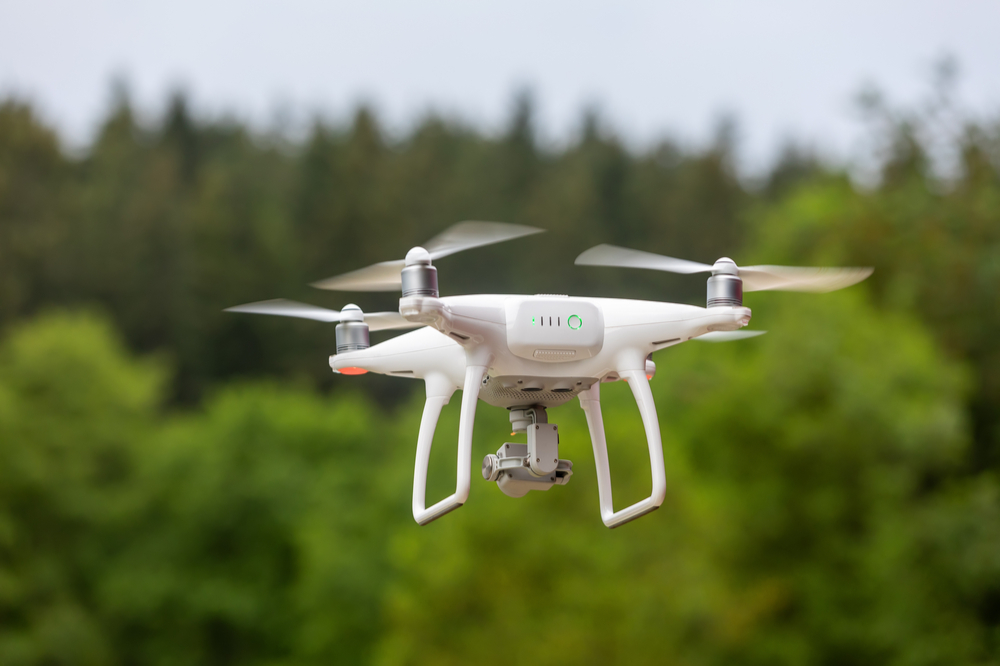FYBR Solutions: Drone technology for improved forest management
Who would have thought one of those small buzzing airborne cameras could tell us so much about what’s happening in our forests?
We reached out to Mike Wilcox, President and Co-founder of FYBR Solutions, a Vancouver-based forest technology company, to learn more about how his company’s drone technology is helping forest companies be more sustainable and efficient.
FYBR was founded just over six years ago by Wilcox and his business partner, Patrick Crawford. With the rise in drone technology – and it being more accessible, affordable, and user-friendly – they saw a number of valuable ways it could be used in the forest industry. Early in their research and development process, they partnered with UBC’s Integrated Remote Sensing Studio to explore and validate some of the applications. It wasn’t too long before they were knocking on the doors of pulp mills, pellet plants, sawmills, government, and First Nations to show them what they could do with this technology.
Over the last six years, they have grown their team and their product and service offering. Today, with clients across Canada and in the US, they help forest companies integrate drone technology into their workflow and manage, process, and analyze their data – whether it’s looking at how forests are managed and changing or helping mills manage their inventory.
A large part of their business is surveying forest regeneration success, where they monitor young stands until they are free growing trees. With the use of FYBR’s three-dimensional data analytics, companies can look at tree heights and counts, terrain models (in terms of what equipment can get into where), calculate stem density, monitor brushing (cutting shrubs to make way for new trees) effectiveness, identify issues on the ground, and so much more.
“One of the great things about having highly visual data is that it’s easily shareable; instead of travelling or going up in a helicopter, everyone can view it together in a digital boardroom. This has been particularly beneficial during the COVID-19 pandemic,” says Wilcox.
We asked Wilcox about some of the challenges he faces working with drones in forestry. He said that change doesn’t happen overnight, especially with a long-established industry like forestry. Showing value to industry and government stakeholders that will help the local industry remain competitive on the global stage is the key to spur change. For the most part, companies are looking for ways to improve processes through innovation, however, innovation is a long game and takes support from the highest levels for the seed of innovation to start to produce value.
Wilcox says that today, most forestry companies are using some form of drone technology in their operations. The question is how much are they leveraging the drone data to improve forest management practices and sustainability.
Companies like FYBR play an important role in BC’s forest industry economy. As seen in the Council of BC Forest Industries (COFI) latest economic report, BC’s forestry suppliers range from forest equipment manufacturers to urban-based tech companies like FYBR Solutions. In 2019, COFI’s members purchased $7 billion of goods and services from nearly 9,900 suppliers from more than 340 communities and 120 Indigenous Nations.

